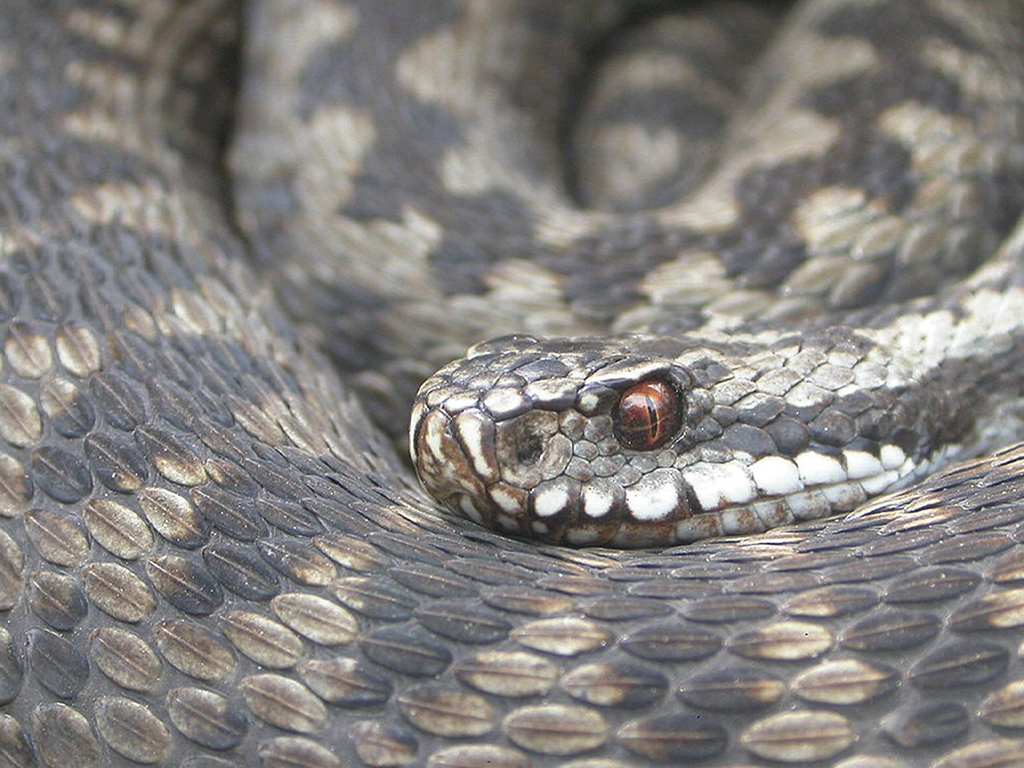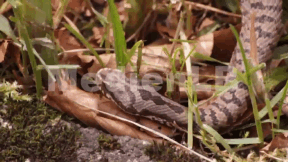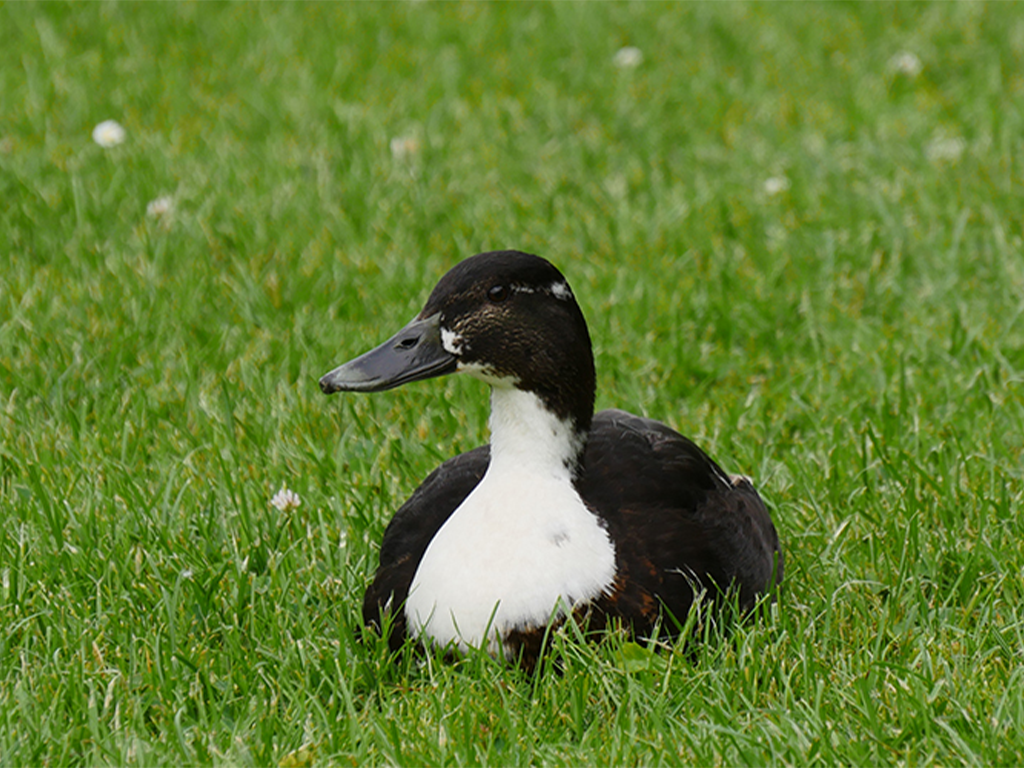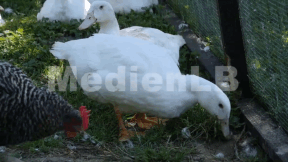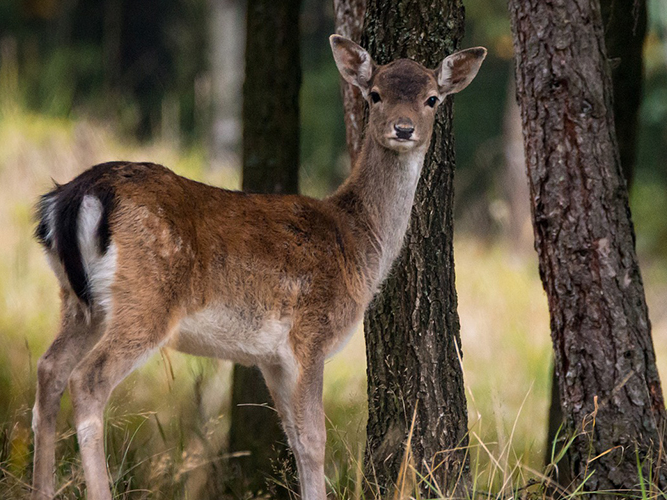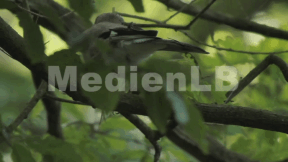
55502522
Dinosaurier
In 10 interaktiven Aufgaben und Videos wird Wissen zu Dinosauriern vermittelt und anschließend abgefragt.
Das Medium bietet H5P-Aufgaben an, die ohne zusätzliche Software verwendbar sind.
Durch interaktive Aufgabentypen wird das audiovisuelle und interaktive Lernen einfach.
Lernen macht jetzt Spaß!
Included Tasks
- I Die größten Raubsaurier - Interaktives Video
- II Schutz und Verteidigung - Interaktives Video
- III Das Aussterben der Dinosaurier - Interaktives Video
- IV Namen von Dinosauriern - Interaktive Aufgabe
- V Namen von Dinosauriern finden - Interaktive Aufgabe
- VI Dinosaurier identifizieren - Interaktive Aufgabe
- VII Rätsel: Welcher Dinosaurier bin ich? - Interaktive Aufgabe
- VIII Fleisch- und Pflanzenfresser unterscheiden - Interaktive Aufgabe
- IX Dinosaurier der Größe nach Sortieren - Interaktive Aufgabe
- X Welcher Saurier passt zu welchem Skelett? - Interaktive Aufgabe
Curriculum-centred and oriented towards educational standards
Matching
Ducks
Ducks are our best-known water birds. You can watch them on almost any large body of water. Although we come across them frequently, most of us know very little about the lives of ducks. But it is worth our while to look at them more closely.




